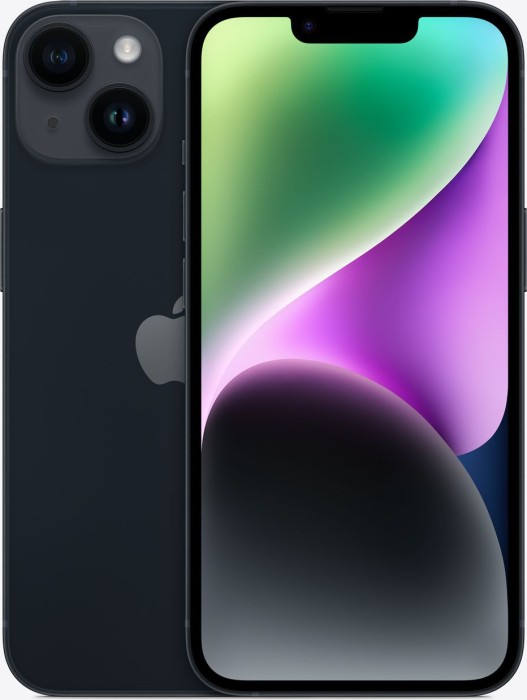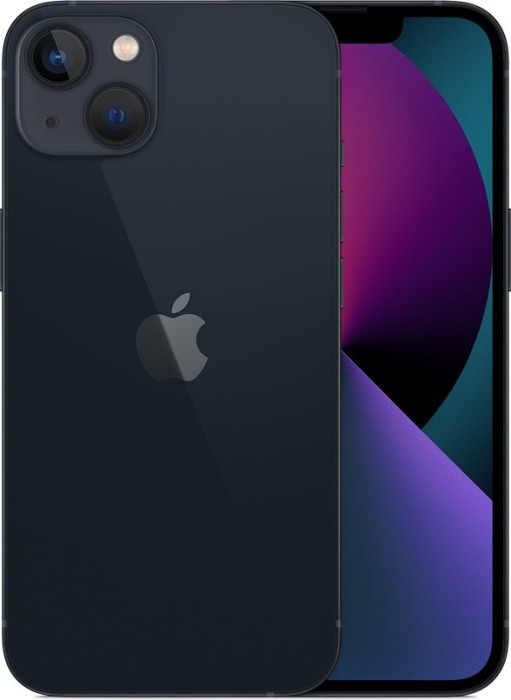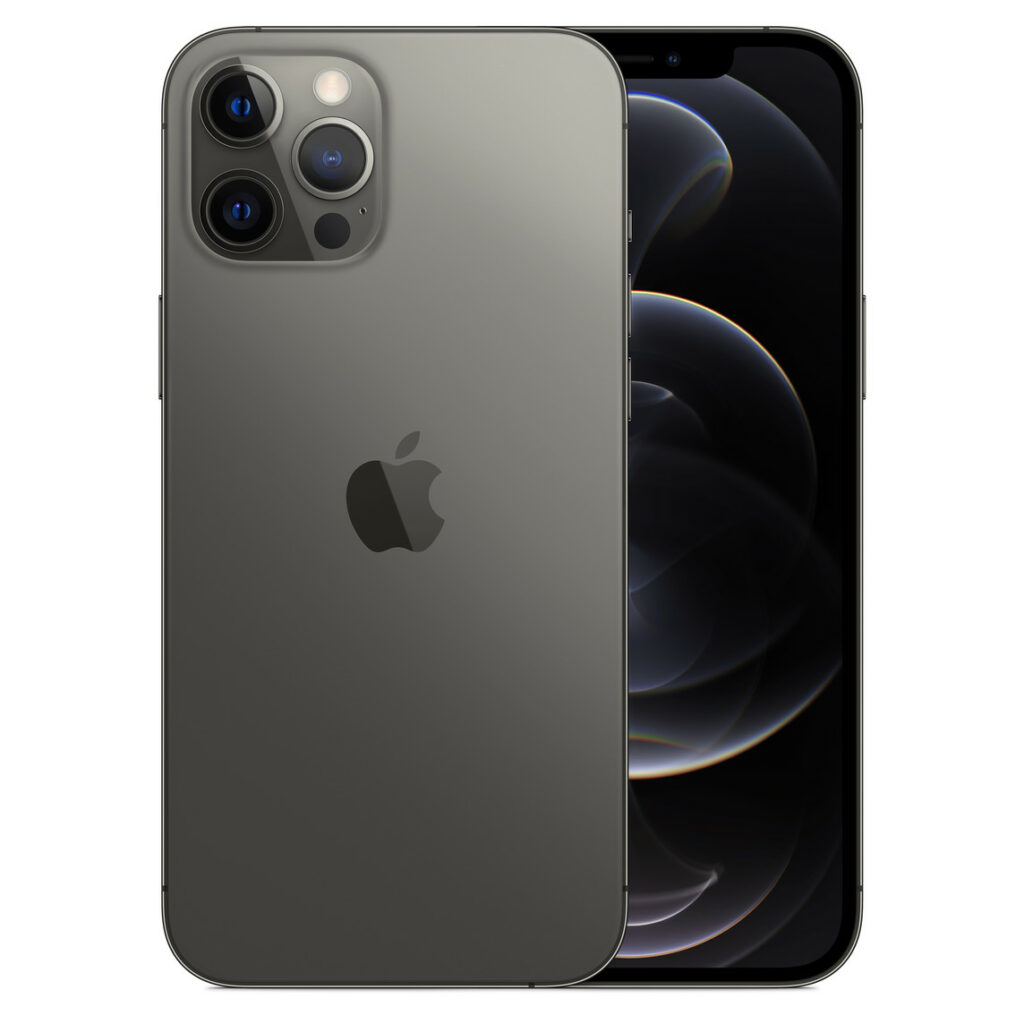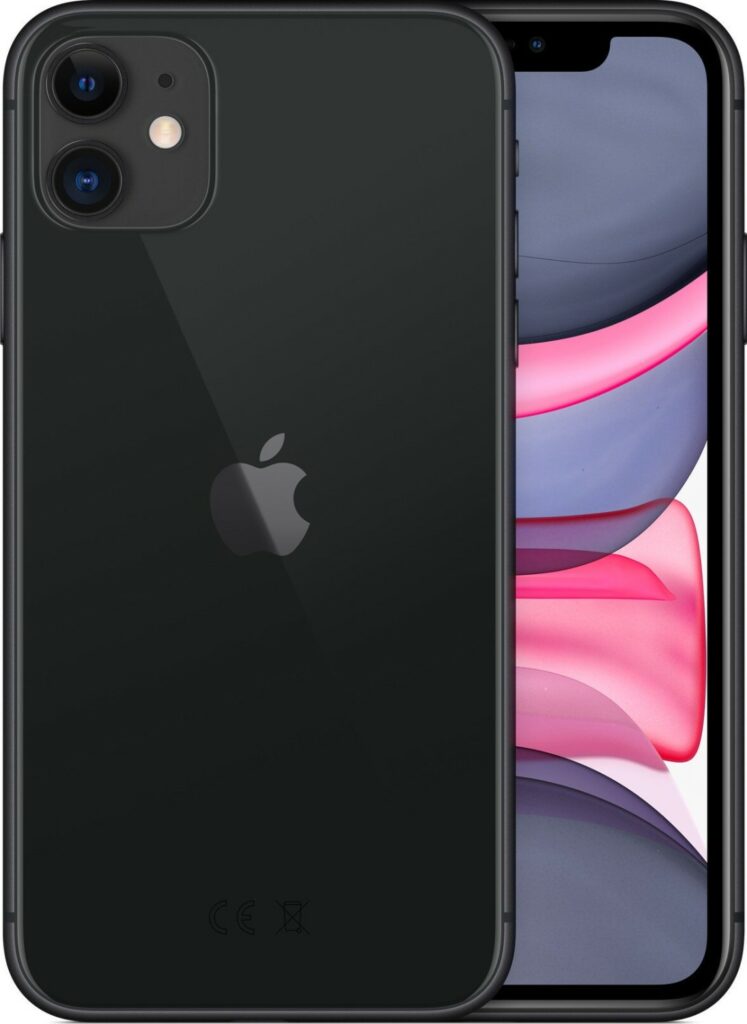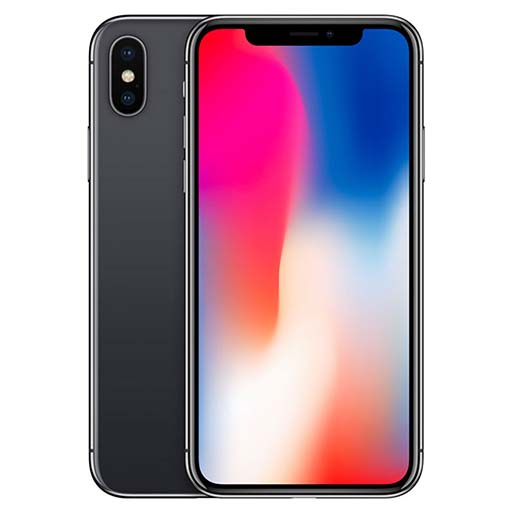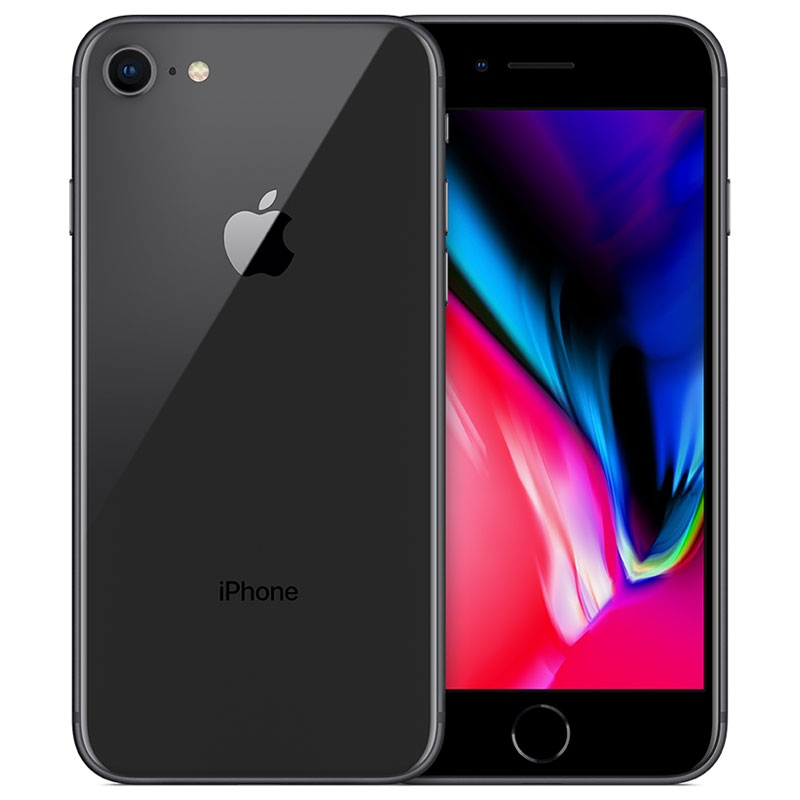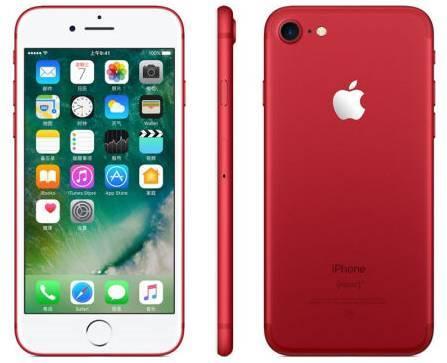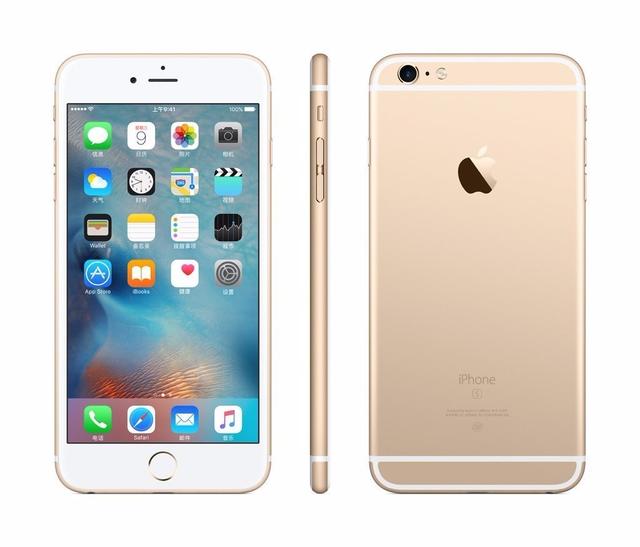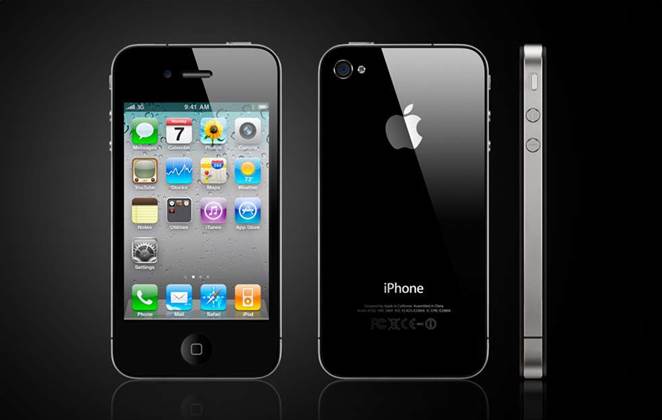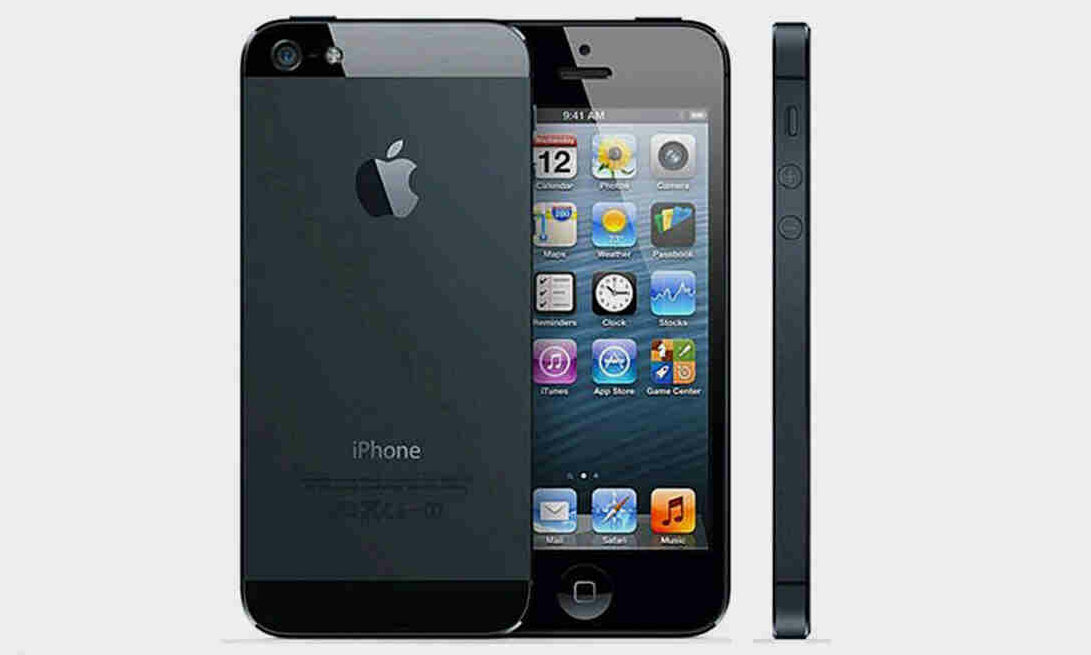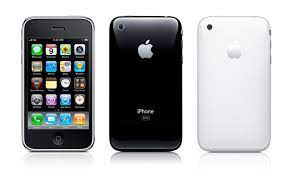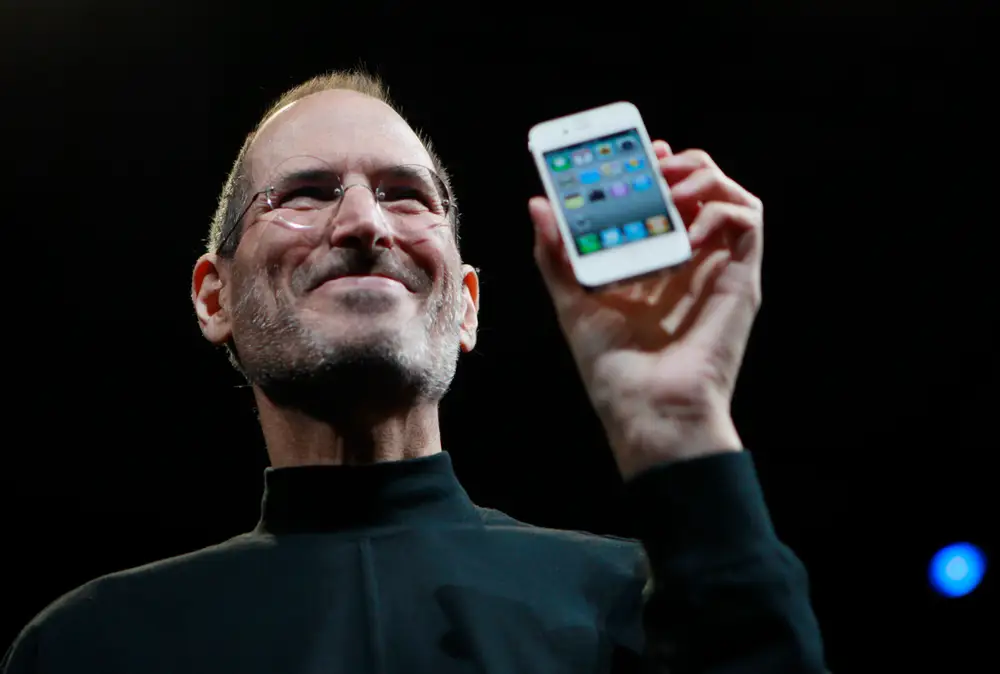Die Entwicklung des IPhones
Seit seiner Einführung im Jahr 2007 hat das iPhone von Apple die Art und Weise, wie wir kommunizieren, arbeiten und uns unterhalten, revolutioniert. Die Entwicklung dieses ikonischen Smartphones war geprägt von Innovationen, aber auch von einigen Herausforderungen und Fehlschlägen.
Die Entwicklung:
Die Idee für das iPhone entstand, als der verstorbene Apple-Mitbegründer Steve Jobs erkannte, dass es Raum für ein revolutionäres Mobiltelefon gab, das nicht nur Anrufe tätigen konnte, sondern auch Internetzugang und die Möglichkeit zur Musikwiedergabe bot. Nach Jahren der Entwicklung und Geheimhaltung wurde das erste iPhone am 29. Juni 2007 vorgestellt. Es veränderte die Spielregeln für Smartphones mit seinem kapazitiven Touchscreen und dem iOS-Betriebssystem.
In den folgenden Jahren wurden die iPhones kontinuierlich verbessert und erweitert. Die Einführung des App Stores im Jahr 2008 eröffnete eine neue Ära der mobilen Anwendungen und ermöglichte es Entwicklern, innovative Software für das iPhone zu erstellen.
Fehlschläge:
Obwohl das iPhone insgesamt ein großer Erfolg war, gab es auch Rückschläge und Kritik. Das iPhone 4 hatte anfänglich Empfangsprobleme aufgrund eines Designfehlers, der als „Antennagate“ bekannt wurde. Das iPhone 5C, das als kostengünstigere Option eingeführt wurde, wurde nicht so gut aufgenommen wie erwartet, und das iPhone 7 stieß auf Kritik wegen des Entfernens der Kopfhörerbuchse.
Ein weiterer bedeutender Rückschlag war der Verlust von Steve Jobs im Jahr 2011. Viele fragten sich, ob Apple ohne seinen charismatischen Gründer und Visionär erfolgreich sein könnte. Das Unternehmen bewies jedoch weiterhin seine Innovationsfähigkeit.
Gewinne:
Trotz der Herausforderungen hat sich das iPhone zu einem der erfolgreichsten Produkte in der Geschichte der Technologie entwickelt. Es erzielte Milliarden von Dollar Umsatz und hat die Art und Weise, wie Menschen Geschäfte machen, Fotos aufnehmen, Spiele spielen und kommunizieren, grundlegend verändert. Die Einführung von Modellen wie dem iPhone X und dem iPhone 11 Pro zeigte Apples anhaltende Fähigkeit zur Innovation.
Das iPhone ist nicht nur ein Produkt, sondern auch ein Symbol für Design und Qualität. Es hat eine treue Fangemeinde und eine große Anzahl von Apps und Diensten, die es unterstützen. Apple bleibt bestrebt, das iPhone kontinuierlich zu verbessern und den Erwartungen seiner Nutzer gerecht zu werden.
Insgesamt hat das iPhone nicht nur die mobile Technologie transformiert, sondern auch die Art und Weise, wie wir die Welt sehen. Seine Entwicklungsgeschichte ist geprägt von Höhen und Tiefen, aber es bleibt eines der einflussreichsten und erfolgreichsten Produkte unserer Zeit.
Von Flo
————————————————————
The Development, Failures, and Profits of iPhones
Since its introduction in 2007, Apple’s iPhone has revolutionized the way we communicate, work, and entertain ourselves. The development of this iconic smartphone has been marked by innovations but also faced some challenges and setbacks.
Development:
The idea for the iPhone came to fruition when the late Apple co-founder Steve Jobs recognized the space for a revolutionary mobile phone that could not only make calls but also provide internet access and the ability to play music. After years of development and secrecy, the first iPhone was unveiled on June 29, 2007. It changed the rules of the smartphone game with its capacitive touchscreen and iOS operating system.
In the following years, iPhones were continually improved and expanded. The introduction of the App Store in 2008 ushered in a new era of mobile applications, allowing developers to create innovative software for the iPhone.
Failures:
Although the iPhone has been an overall success, it has also faced setbacks and criticism. The iPhone 4 initially had reception issues due to a design flaw known as „Antennagate.“ The iPhone 5C, introduced as a more affordable option, did not receive the reception expected, and the iPhone 7 faced criticism for removing the headphone jack.
Another significant setback was the loss of Steve Jobs in 2011. Many wondered if Apple could be successful without its charismatic founder and visionary. However, the company continued to demonstrate its ability to innovate.
Profits:
Despite the challenges, the iPhone has become one of the most successful products in the history of technology. It generated billions of dollars in revenue and fundamentally changed how people do business, take photos, play games, and communicate. The introduction of models like the iPhone X and iPhone 11 Pro showcased Apple’s ongoing ability to innovate.
The iPhone is not just a product but also a symbol of design and quality. It has a loyal following and a vast ecosystem of apps and services supporting it. Apple remains committed to continuously improving the iPhone and meeting the expectations of its users.
Overall, the iPhone has not only transformed mobile technology but also the way we perceive the world. Its development history is marked by highs and lows, but it remains one of the most influential and successful products of our time.
By Flo
